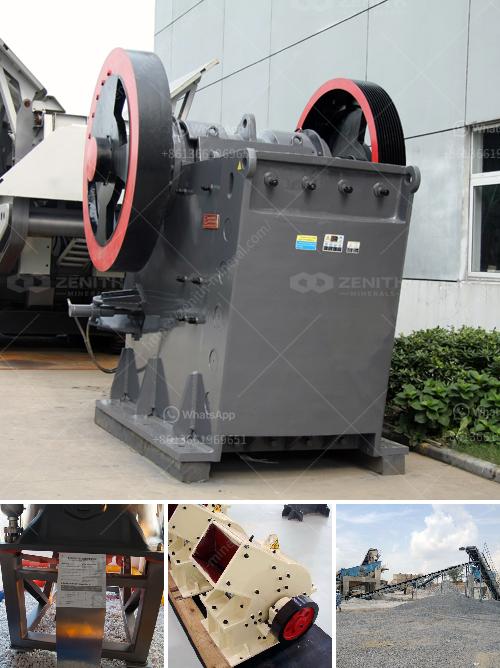Limestone undergoes several stages to transform from a raw material into a final product. Here’s an overview of the process:
Extraction: The first step involves locating and mining limestone deposits, often from quarries. Large blocks of limestone are extracted using various methods such as drilling, blasting, or cutting with wire saws.
Crushing: Once extracted, the limestone is transported to a crusher where it is broken down into smaller pieces, typically in a series of stages to reach the desired size.
Screening: The crushed limestone is then screened to separate it into different size ranges. This ensures that specific sizes can be directed to their appropriate processing steps depending on the intended use of the final product.
Grinding: For some applications, limestone needs to be ground into a fine powder. This step involves using mills (such as ball mills or hammer mills) to achieve the required particle size.
Calcination: If quicklime (calcium oxide) is desired, the powdered limestone is heated in a kiln at temperatures around 900 to 1000 degrees Celsius. This process, called calcination, drives off carbon dioxide from the calcium carbonate, leaving calcium oxide (quicklime).
Hydration: To produce slaked lime or hydrated lime, water is added to quicklime in controlled amounts. This reaction produces calcium hydroxide. This step is often performed in special hydration plants.
Bagging and Storage: The final product, whether it’s pulverized limestone, quicklime, or hydrated lime, is then packaged into bags or stored in bulk containers, ready for transportation to various customers.
Quality Control: Throughout the process, rigorous quality control measures are maintained. This includes testing and monitoring the composition, granularity, and purity of the limestone and derived products to ensure they meet industry standards and customer specifications.
Each of these steps is carefully performed to ensure that the final limestone product meets the required specifications for its intended use in construction, manufacturing, agriculture, or other industries.
